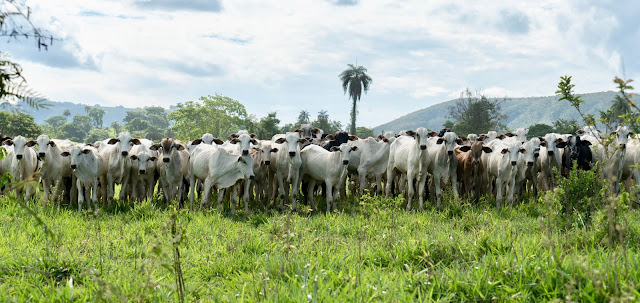by Larry Powell Canada lynx (Lynx canadensis). Bobcat (Lynx rufus). Photos by US Fish & Wildlife Service. To the untrained eye, the two species might pass as overgrown house cats. They're actually "felids" or mammals belonging to felidae , a family of wild cats. Both live side by side in the wilds of Ontario, north of Lake Huron (see map). Researchers at the University of Trent (U of T) in Peterborough, Ontario, looked at bobcat and lynx numbers, movements and behaviour over three winters. Their findings seem to show the bobcat holding an edge over the lynx in the struggle to survive, if not thrive in their rapidly-changing world. The scientists are unable to give hard numbers. But, "harvest records" which document the numbers taken by trappers, offer an insight. The lead author, Robby Marrotte, tells PinP, "We've noticed that the number of lynx harvested on traplines has decreased





